The Geocaching International Film Festival is returning for another year of epic geocaching moments captured on camera.
If you’re a filmmaker, a geocacher, or something in between, GIFF 2017 is your chance to have your geocaching film viewed by thousands of people on movie screens all over the world. Submissions are due August 1, 2017.

But before you start filming, check out these tips all GIFF filmmakers should follow!
1. Know the rules for submission
Seriously. Read the rules. In the past we’ve had to reject films that:
- Are longer than 4 minutes. We immediately disqualify these entries.
 Show footage of a geocache that they either don’t have permission to spoil or that doesn’t follow all basic requirements for hiding a geocache. If you’ve received permission to show an active geocache, make a note of that in the film submission form.
Show footage of a geocache that they either don’t have permission to spoil or that doesn’t follow all basic requirements for hiding a geocache. If you’ve received permission to show an active geocache, make a note of that in the film submission form.- Include footage that is not family friendly. By “family friendly” we mean: no nudity, sexually explicit or suggestive content, profanity, firearms or other weapons, racist, harassing or otherwise offensive content or content that would be inappropriate for children, such as violent or frightening content. Several times in the past, we’ve had to disqualify film entries for scenes that are too frightening for young kids.
- Use footage, music, photos, etc. that they don’t have rights to. Here are some free, fair-use music resources:
 2. Tell a story only you can tell
2. Tell a story only you can tell
There’s nothing wrong with your film being about a geocaching love story, a race to the FTF, or a geocaching montage, but be aware that we’ve seen those themes a lot in the past. After watching the finalist films from previous years, where do you find the art in geocaching? How do you make this game your own? And don’t forget that your film can be fiction or in a documentary style.
3. Make it global
Geocaching is an international game, and so is every GI FF audience. Try to show an element of the geocaching experience that people in different corners of the world can connect with. Try to find a balance between a film that is personal to you and one that others can relate to.
FF audience. Try to show an element of the geocaching experience that people in different corners of the world can connect with. Try to find a balance between a film that is personal to you and one that others can relate to.
 4. Make it visual
4. Make it visual
Show, don’t tell! Film is visual medium—you’ll have your audience hanging on tenterhooks by keeping the voiceover and dialogue short and sweet. This GIFF 2015 finalist film was able to do a lot with no dialogue at all.
5. Less is more
Just because you can submit up to 4 minutes of video doesn’t necessarily mean you should. Ask yourself, “What is the simplest way I can tell this story?” Then, add more if you can’t resist. This will help you focus on what is truly important and keep your audience engaged. 2015 GIFF finalist, Travel Bug Story, tells a sweet and simple story in under 2 minutes!
6. Focus on quality
We understand if geocaching comes before filmmaking  on your hobby list—we’re not looking for Hollywood here. We are, however, looking for videos that will look and sound good on the big screen. As much as you may love your GoPro, simply wearing it around while you go geocaching usually doesn’t make for the best footage. If you can, use a tripod and an external mic. If you can’t, have your actors speak close to your on-camera mic and use a natural tripod like a tree limb or your friend’s shoulder. The 2015 finalist, The Future of Geocaching, is a great example. For more technical tips, check out Vimeo’s Video School.
on your hobby list—we’re not looking for Hollywood here. We are, however, looking for videos that will look and sound good on the big screen. As much as you may love your GoPro, simply wearing it around while you go geocaching usually doesn’t make for the best footage. If you can, use a tripod and an external mic. If you can’t, have your actors speak close to your on-camera mic and use a natural tripod like a tree limb or your friend’s shoulder. The 2015 finalist, The Future of Geocaching, is a great example. For more technical tips, check out Vimeo’s Video School.
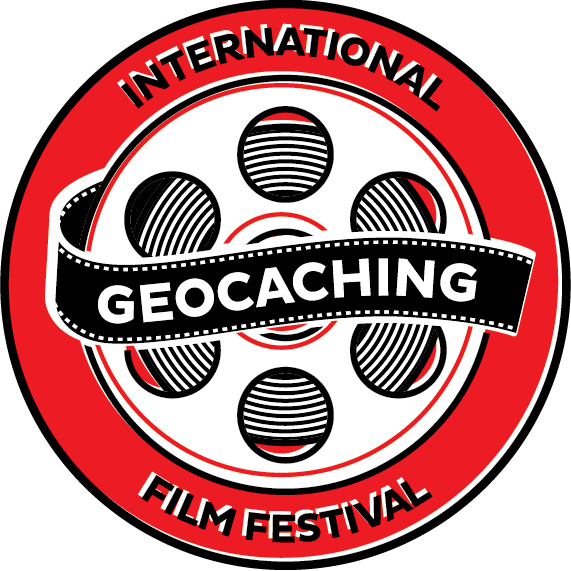
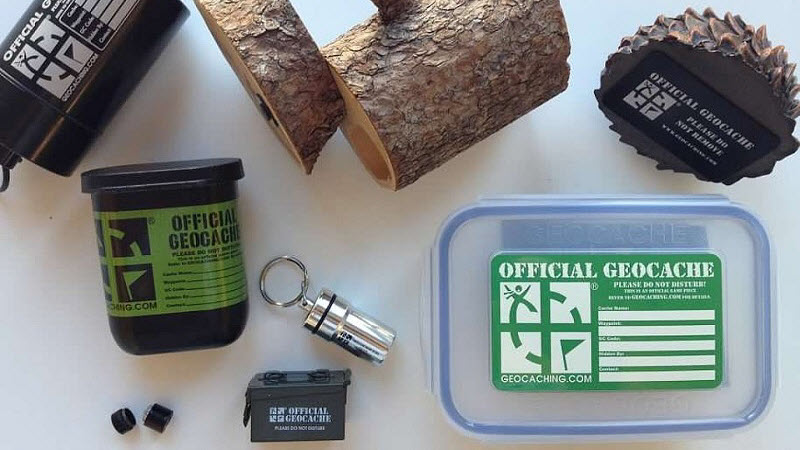

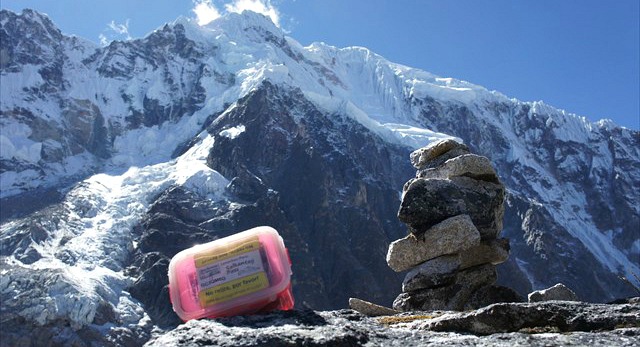
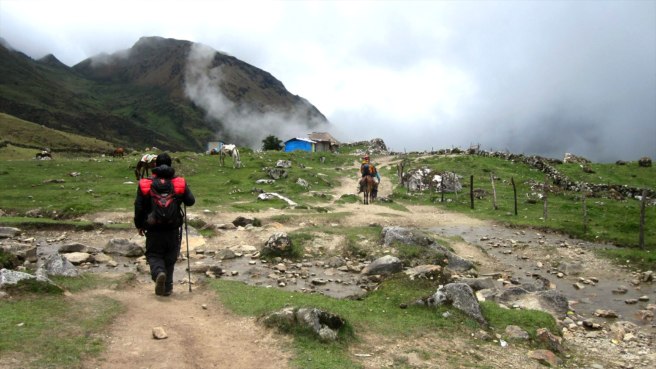
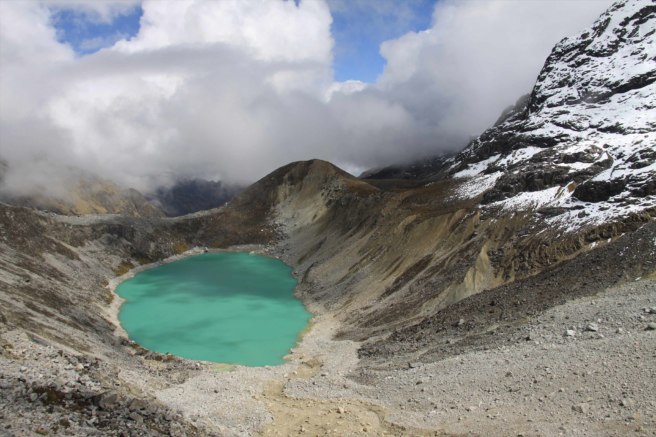

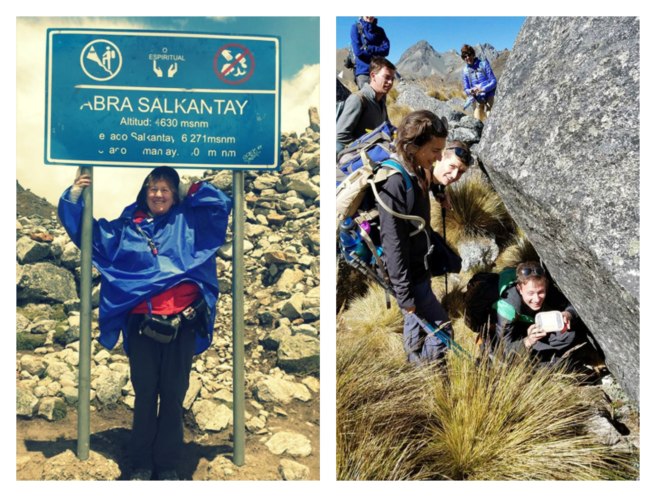
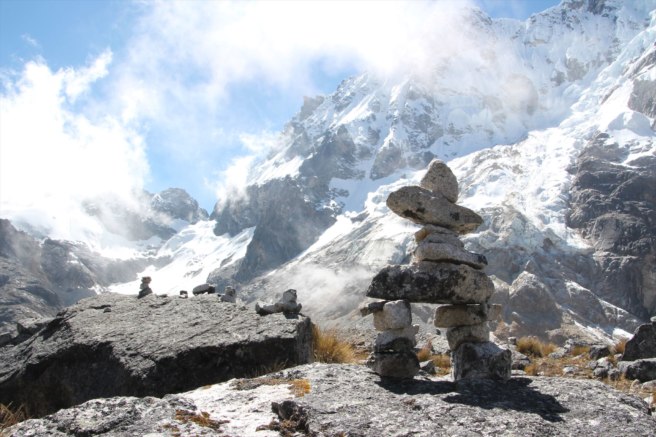
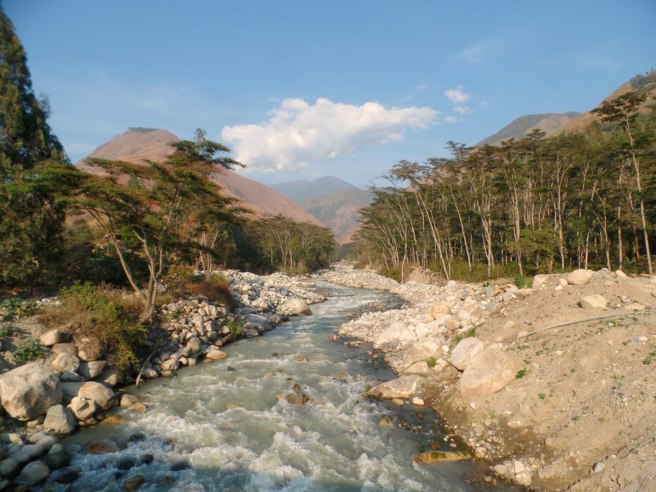
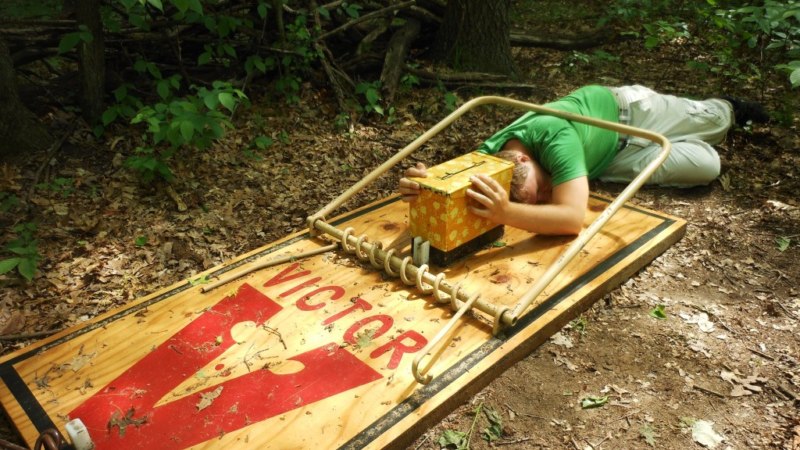


 Show footage of a geocache that they either don’t have permission to spoil or that doesn’t follow all basic
Show footage of a geocache that they either don’t have permission to spoil or that doesn’t follow all basic  2. Tell a story only you can tell
2. Tell a story only you can tell FF audience. Try to show an element of the geocaching experience that people in different corners of the world can connect with. Try to find a balance between a film that is personal to you and one that others can relate to.
FF audience. Try to show an element of the geocaching experience that people in different corners of the world can connect with. Try to find a balance between a film that is personal to you and one that others can relate to. 4. Make it visual
4. Make it visual on your hobby list—we’re not looking for Hollywood here. We are, however, looking for videos that will look and sound good on the big screen. As much as you may love your GoPro, simply wearing it around while you go geocaching usually doesn’t make for the best footage. If you can, use a tripod and an external mic. If you can’t, have your actors speak close to your on-camera mic and use a natural tripod like a tree limb or your friend’s shoulder. The 2015 finalist,
on your hobby list—we’re not looking for Hollywood here. We are, however, looking for videos that will look and sound good on the big screen. As much as you may love your GoPro, simply wearing it around while you go geocaching usually doesn’t make for the best footage. If you can, use a tripod and an external mic. If you can’t, have your actors speak close to your on-camera mic and use a natural tripod like a tree limb or your friend’s shoulder. The 2015 finalist, 
